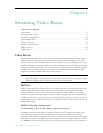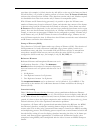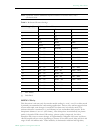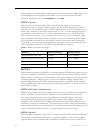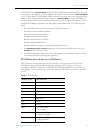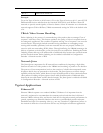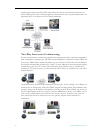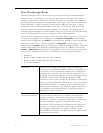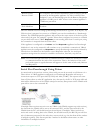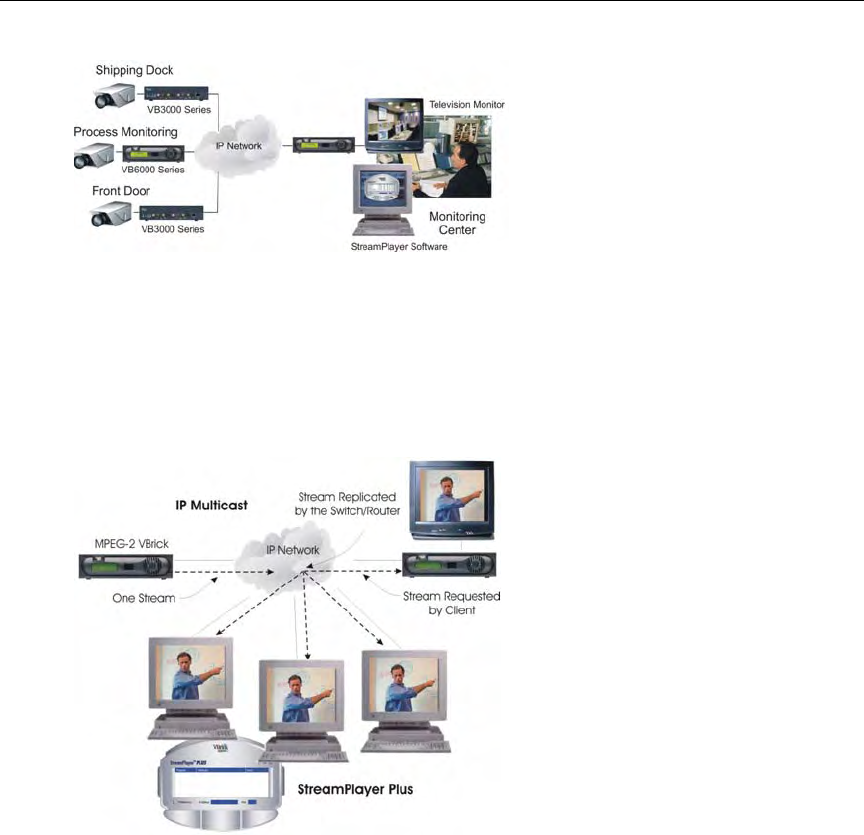
Streaming Video Basics
VBrick Appliance Getting Started Guide 25
VBricks send and receive MPEG video via UDP/IP at 1 to 15 Mbps (plus audio and
overhead). Assuming each VBrick is on a separate 100Base-T segment, less than 10% of the
segment's capacity can be used. Video can be transmitted point-to-point between VBricks for
two-way conferencing or video can, using IP multicast, be broadcast to an unlimited number
of TV's connected to VBricks; and to an unlimited number of PC's that are using the VBrick
StreamPlayer or StreamPlayer Plus software. Note: the network must be IP Multicast capable
for multicast streaming applications.
One-Way Broadcast and Desktop Streaming
VBrick 4xxx and 62xx models provide a powerful streaming broadcast and desktop streaming
solution. Each VBrick is capable of multicasting live video IP streams to an unlimited
number of desktop clients in a given network. "Live" VBricks in the network automatically
announce a user-definable program name of the video source to all of the VBricks and
StreamPlayer or StreamPlayer Plus™ applications that are operational across the network. A
VBrick announcement is known as a SAP, or Session Announcement Protocol, as defined by
the IETF standard committee and set forth in RFC 2974. The StreamPlayer or StreamPlayer
Plus applications allow users to view content using an ordinary PC. Each StreamPlayer or
StreamPlayer Plus application identifies the program name by the transmitted SAP, which
displays all currently available VBrick video. With StreamPlayer, the user selects a stream for
viewing by selecting the transmitted SAP from the VBrick, which identifies the video in the
program guide. On a television monitor, a user can select the appropriate VBrick SAP
program name through the use of the provided remote control device.
This illustration shows a VBrick in a network multicasting live video traffic to other VBrick
appliances as well as to the desktop clients using StreamPlayer or StreamPlayer Plus. The
program stream is displayed on the desktop client and the user can view the stream in real
time. This application can be expanded to include previously recorded material such as



